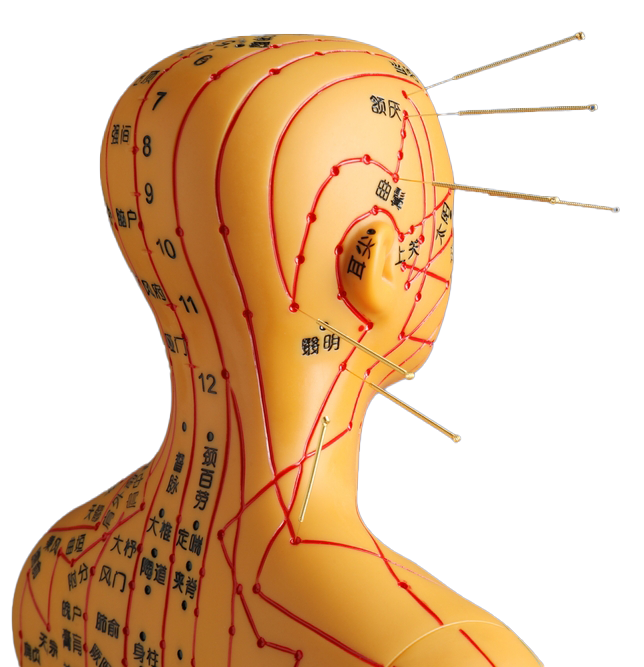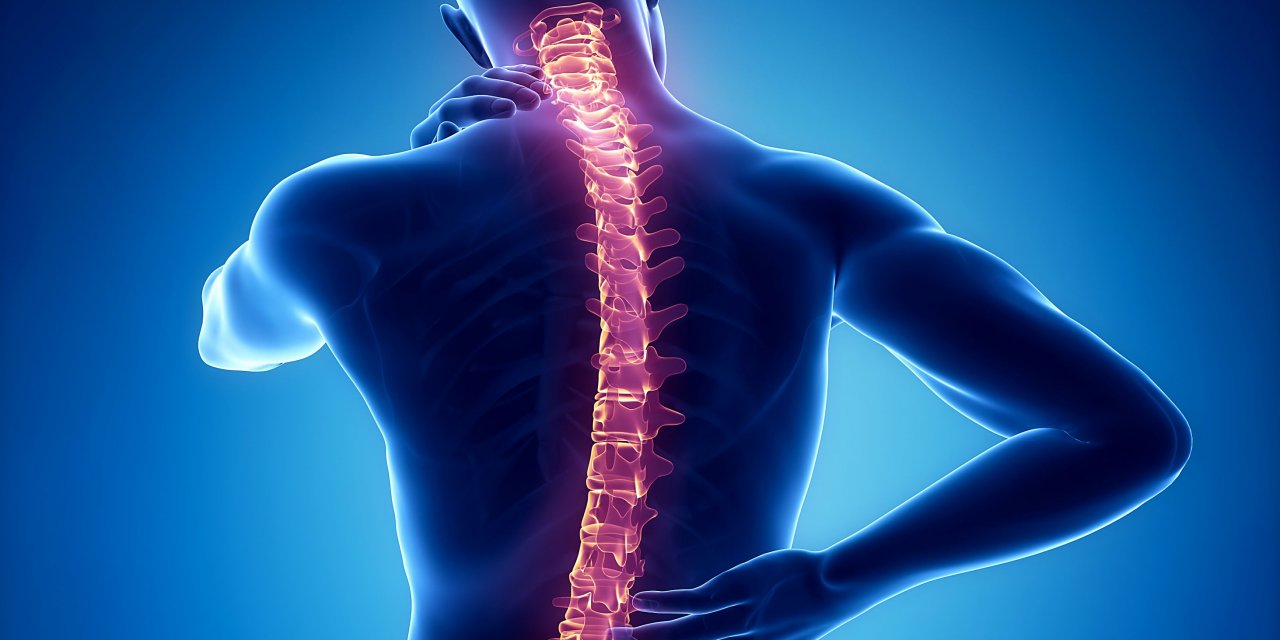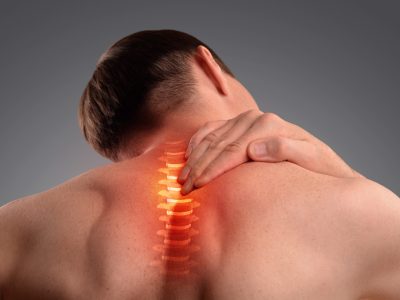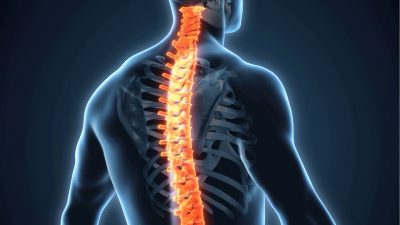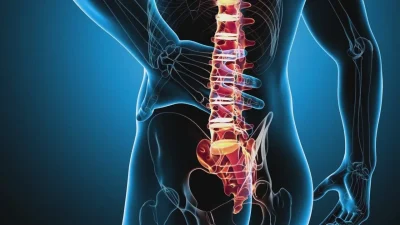- Facet joint Radiofrequency Thermocoagulation (RFT) Treatment
- Radiofrequency Thermocoagulation Dorsal root ganglion (DRG) radiofrequency thermocoagulation (RFT)
- Discitis Procedure
- Sacroiliac Joint Radiofrequency Treatment (Simplicity)
- In-Disc Ozone Therapy
- Nucleoplasty
- Transforaminal Injection (Pinpoint)
- Facet joint block
- Epidural Injection
In-Disc Ozone Therapy
- Home
- Low Back Pain TreatmentsNeck & Shoulder Pain Treatments
- In-Disc Ozone Therapy
Contents
Toggle- Creating an individualised treatment plan
- The role of different specialities (physiotherapist, orthopaedist, psychologist, neurosurgeon)
- Pain treatment during pregnancy
- Treatment of chronic pain in the elderly
- Pain management in children
- Stress management
- Healthy eating
- Ergonomic living arrangements
- Exercise and mobility
- Facet joint Radiofrequency Thermocoagulation (RFT) Treatment
- Radiofrequency Thermocoagulation Dorsal root ganglion (DRG) radiofrequency thermocoagulation (RFT)
- Discitis Procedure
- Sacroiliac Joint Radiofrequency Treatment (Simplicity)
- In-Disc Ozone Therapy
- Nucleoplasty
- Transforaminal Injection (Pinpoint)
- Facet joint block
- Epidural Injection
- Cancer pain
- Permanent Epidural / Spinal Port Application
- Vascular Port (Permanent Vascular Access)
- Trigeminal Nerve RFT
- Blockade of Ganglion Stellatum
- Lumbar Sympathetic Ablation
- Facet joint Radiofrequency Thermocoagulation (RFT) Treatment
- Radiofrequency Thermocoagulation Dorsal root ganglion (DRG) radiofrequency thermocoagulation (RFT)
- Hernia Burning (IDET)
- Discitis Procedure
- Sacroiliac Joint Radiofrequency Treatment (Simplicity)
- Permanent Epidural / Spinal Port - Pump System
- In-Disc Ozone Therapy
- Nucleoplasty
- Peripheral Nerve Block
- Transforaminal Injection (Pinpoint)
- Facet joint block
- Epidural Injection
- Intra-articular Fluid Treatment
- Dorsal root ganglion (DRG) radiofrequency thermocoagulation (RFT)
- Spinal cord stimulation (pain pacemaker)
- Ergonomic living arrangements
- Spinal cord stimulation (pain pacemaker)
- Nucleoplasty
- Radiofrequency ablation
- Herbal solutions
- Dry needle treatment
- Anti-ageing treatments
- Ozone therapy
- Cupping therapy - Cupping
- Mesotherapy
- Prolotherapy
- Acupuncture
- Stem Cell Therapy
- Nerve blockages
- Corticosteroid injections
- Massage and relaxation techniques
- Manual therapy
- Electrotherapy
- Neuropathic pain medications
- Anti-inflammatory drugs
- Muscle relaxants
- Painkillers (paracetamol, ibuprofen, etc.)
In-Disc Ozone Therapyis a minimally invasive treatment method used in the treatment of spinal problems such as lumbar or cervical hernia. This therapy aims to reduce the excess pressure inside the disc by injecting ozone gas into the disc, shrinking the herniated disc material and relieving pain. Ozone helps to control pain by reducing inflammation thanks to its strong oxidising properties.
What is In-Disc Ozone Therapy?
- Ozone (O₃)is a form of normal oxygen (O₂) and has a strong oxidising capacity.
- Ozone is known for its ability to reduce inflammation in the body and accelerate the healing process of cells.
- In-Disc Ozone Therapyis the process of injecting ozone directly into the herniated disc. In this way, the volume of the disc is reduced, pain is reduced and pressure on the nerve roots is prevented.
How to Apply?
1. Preparation:
- The patient undergoes a detailed evaluation before the procedure. The herniated disc is detected by MRI or tomography.
- The procedure is usually performed under local anaesthesia, but some patients may also receive sedation.
2. Needle Placement:
- Fluoroscopy (X-ray) or ultrasound guidance a thin needle is inserted directly into the disc.
- The correct area of the herniated disc is targeted.
3. Ozone Injection:
- The injected ozone gas helps to reduce the excess fluid and herniated material in the disc.
- Ozone gas reduces inflammation on the outside of the disc and relieves pain.
4. Completion:
- The procedure usually takes 20-30 minutes. After the needle is removed, the patient is observed for a short time and is usually discharged on the same day.
In which cases is it used?
- Lumbar and Neck Hernia:
- Pain and nerve compression occur as a result of the outer part of the discs rupturing and pressing on the spinal nerves. Ozone therapy helps to alleviate this condition.
- Disc Degeneration
- In case of wear and tear of the disc as a result of aging or overload, the pain is reduced.
- Sciatica
- Lumbar herniated discs that press on the nerve roots can cause pain in the legs. Ozone therapy reduces this pressure.
- Neuropathic Pain:
- It can also be effective for nerve-related pain.
Advantages
- Minimally Invasive
- It is applied only with a needle without surgical intervention.
- Rapidly Reduces Pain:
- Thanks to the oxidising properties of ozone, inflammation and pain are rapidly reduced.
- Fast Recovery Process:
- Normal life can usually be resumed within a few days.
- Pain Control:
- After the injection, the pain level is greatly reduced, some patients become completely painless.
- Ease of Return to Daily Life:
- After the procedure, patients can usually return home after a short time.
Who is it suitable for?
- Patients with lumbar and cervical hernia who do not require surgical intervention.
- Patients whose pain persists despite medication and physiotherapy.
- Patients who respond favourably to injection therapy and other minimally invasive methods.
- Individuals who wish to avoid surgery due to age or health status.
Risks and Side Effects
Intradisc ozone therapy is generally a safe procedure, but some rare side effects and risks may occur:
- Risk of Infection: Infection may develop at the needle entry site.
- Temporary Pain Increase: Immediately after the ozone injection, some patients may feel a short-term increase in pain.
- Nerve Damage Very rarely, nerve damage can occur due to incorrect injection or overdose.
- Haemorrhage It may increase the risk in patients taking blood thinners.
- Wrong Positioning: Incorrect placement of the catheter or needle may reduce the effectiveness of the treatment.
Post Procedure Care
- Rest Rest is recommended for the first 24 hours.
- Light Exercise: As the pain starts to decrease, light movements can be made.
- Pain Monitoring: A significant reduction in pain is expected after the procedure. If the pain persists, the doctor should be consulted.
- Medicines Use: If necessary, painkillers recommended by the doctor can be used.
- Doctor's Check-up: Regular follow-up is important for pain control and healing process.
Success Rate
- Disk içi ozon terapisi, doğru hasta seçimi ve uygun teknikle uygulandığında %70-80 başarı oranına sahip olabilir.
- Pain reduction and functional improvement are usually noticeable within 1-2 weeks. However, the duration of effect may vary depending on the individual case, usually ranging from 6 months to 1 year.
Conclusion
In-Disc Ozone Therapyis a minimally invasive and effective pain treatment method. It can be a good alternative especially for patients with disc herniation or degeneration who are not suitable for surgery. It is a promising option for patients who do not respond adequately to painkillers or physiotherapy. It is important to be evaluated by a specialist physician before treatment, because it may not be suitable for every patient.
Our treatments
- Home
- Low Back Pain TreatmentsNeck & Shoulder Pain Treatments
- In-Disc Ozone Therapy
